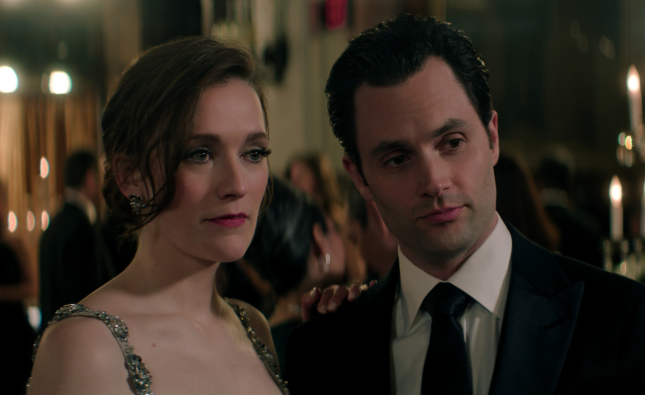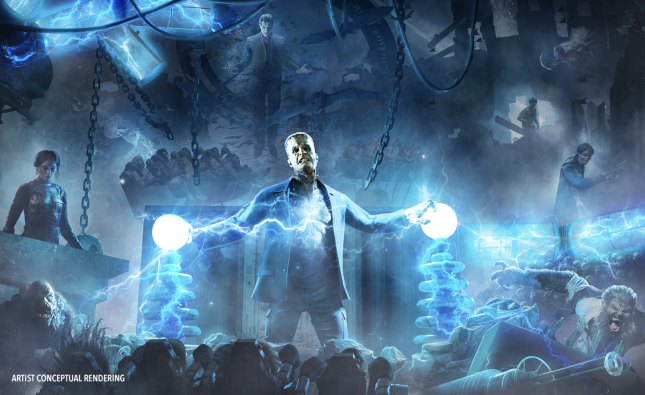
For as long as we can remember, people have been captivated by the magic of musicals. From their humble beginnings on Broadway to their widespread popularity around the world today, there’s something about a good musical that just captures our hearts and minds. But what is it about these shows that keeps us coming back for more? In this blog post, we’ll take a deep dive into the history and evolution of musicals, explore why they’ve remained so popular over time, and examine why audiences continue to be drawn in by their enduring appeal. So sit back, turn up your favorite show tune playlist, and join us as we explore the fascinating world of musical theater!
The History of Musicals
The history of musicals dates back to the 19th century, when operettas and light-hearted plays with music started gaining popularity. These shows were often comical in nature and featured songs that were catchy and easy for audiences to remember.
In the early 20th century, Broadway emerged as a hub for live theater in New York City. It was here that some of the most iconic musicals of all time were born, including “Show Boat” and “Oklahoma!”
The Golden Age of Musicals took place during the mid-20th century, when big budget productions like “My Fair Lady” and “West Side Story” dominated stages across America. These shows boasted elaborate sets, show-stopping dance numbers, and memorable tunes that remain popular today.
As society changed over time, so did the themes explored in musical theater. The 1970s saw an emergence of darker subject matter on stage with productions like “Cabaret,” while more recent hits like “Hamilton” have tackled issues related to race relations head-on.
Despite shifts in societal values and tastes over time, one thing has remained constant: people’s love for musicals shows no signs of slowing down anytime soon!
The Evolution of Musicals
Over the years, musicals have evolved in many ways. In the early days of Broadway, musicals were simple and straightforward. They often followed a formulaic structure that included an overture, an opening number, a few ballads and big production showstoppers.
As time passed by, however, musicals started to experiment with more complex structures and themes. Some productions began to incorporate elements of other genres such as rock or rap music while others added more dance numbers to their shows.
The storylines also started becoming more intricate and thought-provoking. Rather than just telling tales of love stories or happy endings, producers began exploring deeper topics like social issues in society or mental health struggles.
Furthermore, technology has played a significant role in the evolution of musicals too. With advancements in lighting design and special effects capabilities on stage; it’s now possible for producers to create mind-blowing visuals that transport audiences into another world entirely.
Whilst some may argue that classic productions are still highly popular today; there is no denying that modern-day theatre-goers are looking for something different from what was on offer 50 years ago!
The Popularity of Musicals
Musicals have been popular for decades and continue to attract a diverse audience worldwide. One reason could be their ability to combine different art forms, such as singing, dancing, acting and storytelling into one production. This results in a dynamic experience that captivates audiences of all ages.
Another factor contributing to the popularity of musicals is their ability to evoke emotions within the viewers. The combination of music, lyrics and visuals can create a powerful impact that resonates with people on an emotional level. Whether it’s through catchy songs or moving ballads, musicals are known for making audiences laugh, cry and feel uplifted.
The spectacle of musicals may also play a role in their widespread appeal. From elaborate sets and costumes to intricate choreography and lighting effects, productions often feature a high level of craftsmanship that draws audiences in.
Moreover, many classic musicals have stood the test of time due to their relatable themes like love stories or underdog triumphs over adversity; this has helped them gain continued recognition even after years since they were first released.
Finally yet importantly – social media has contributed significantly towards promoting current Broadway hits by allowing its fans from around the globe share experiences online creating more buzz about upcoming shows.
Musical theatre remains one of the most beloved forms of entertainment today because it offers something for everyone: compelling storylines combined with dazzling performances make watching these productions an unforgettable experience every time you see them!
Why We Keep Coming Back for More
There’s just something about musicals that keeps drawing us back in. Maybe it’s the catchy tunes or the elaborate dance numbers, or perhaps it’s the way they transport us to another world for a few hours. Whatever it is, there’s no denying that we keep coming back for more.
One reason why we love musicals so much is their ability to evoke strong emotions. Whether you’re laughing out loud at a comedic number, tapping your feet along to an upbeat song, or shedding a tear during a poignant ballad, musicals have a way of making us feel things deeply.
Another factor that contributes to our enduring love affair with musicals is their timeless appeal. Some of the most beloved shows – like The Phantom of the Opera and Les Miserables – have been around for decades, yet they still manage to pack theaters year after year. These shows have become cultural touchstones, passed down from generation to generation as treasured works of art.
Of course, part of what makes musicals so captivating is their sheer spectacle. From dazzling sets and costumes to awe-inspiring choreography and lighting design, these productions are nothing short of breathtaking. They offer audiences an escape from reality into an immersive world where anything is possible.
There’s also something special about experiencing live theater that can’t be replicated through any other medium. Being in the same room as performers who are pouring their hearts out on stage creates a sense of connection between audience and performer that simply can’t be matched by watching a movie or listening to an album.
All this adds up to make musicals one of the most enduring art forms out there – one that will undoubtedly continue capturing our hearts for many years (and generations) to come!
Conclusion
Musicals have been around for centuries and continue to enchant audiences today. From the early operettas to modern-day blockbusters, the evolution of musicals has kept pace with changes in society, technology and popular culture.
Musicals offer a unique form of entertainment that combines music, dance, drama and storytelling. They allow us to escape reality for a few hours while still connecting with our emotions and experiences. The enduring appeal of musicals lies in their ability to transport us into another world where anything is possible.
Despite changing trends in entertainment over time, musicals have managed to maintain their popularity through innovative storytelling techniques and technological advancements like sound systems and special effects.
The reason why we keep coming back for more is simple – because they make us feel good! Musicals are a celebration of life that inspire hope, joy and love in all who experience them.
The magic of musical theatre will continue to captivate audiences across generations as long as human beings crave stories told through song and dance. We can expect more exciting innovations from this timeless artform that will undoubtedly lead us on new adventures far into the future.









